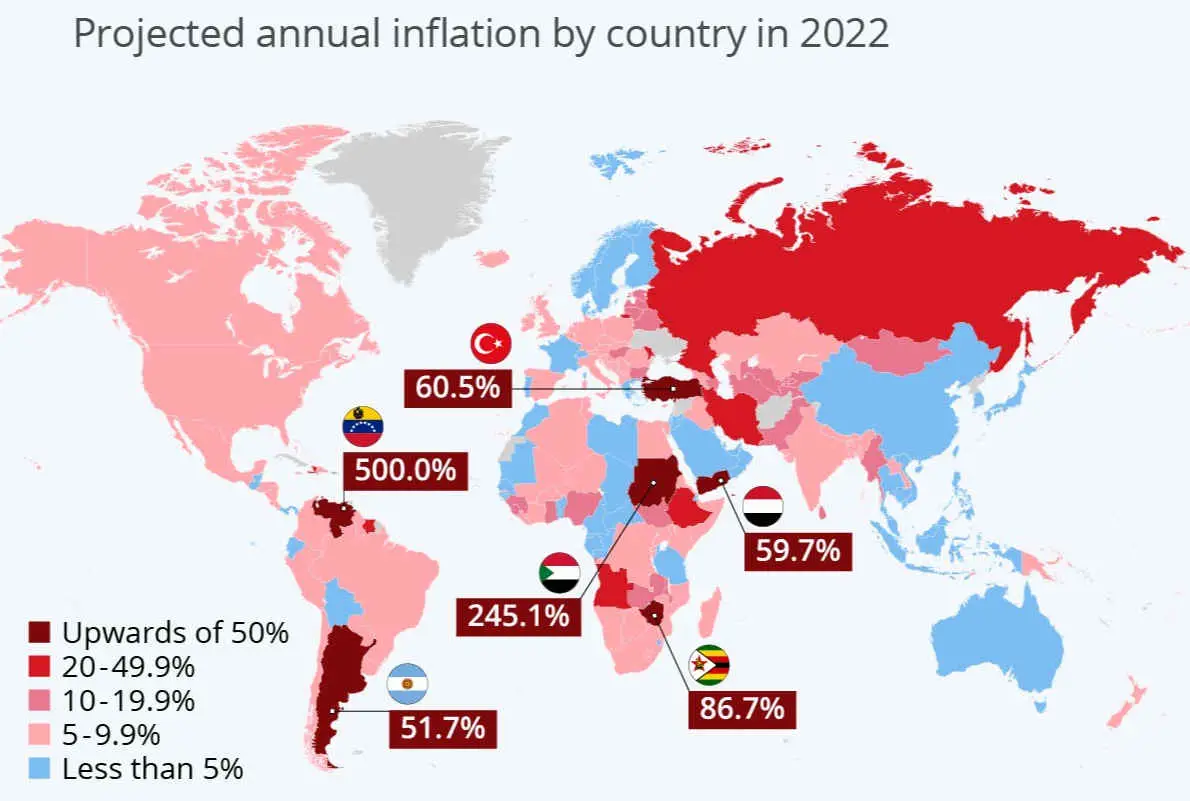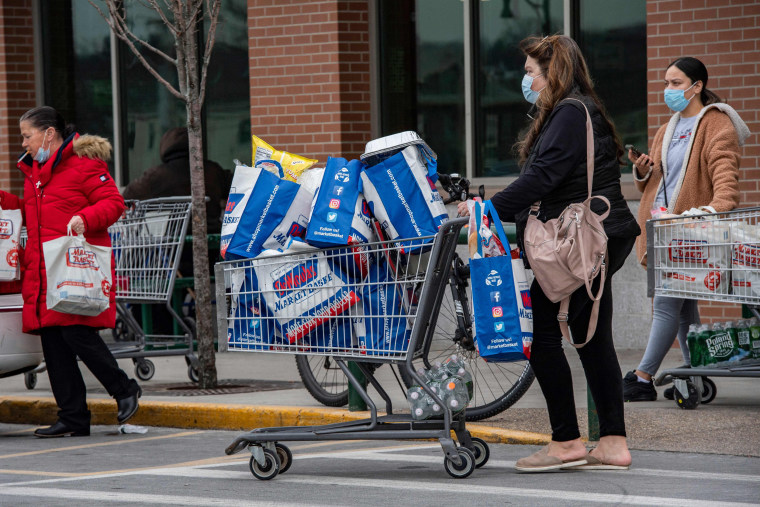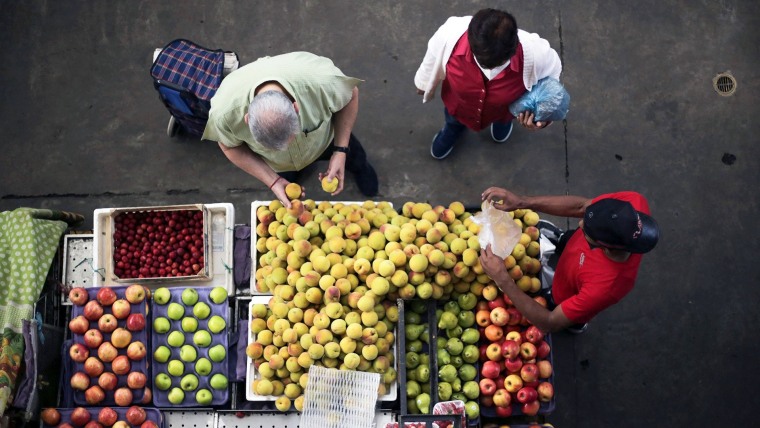Americans continue to experience and hear about the nation’s inflation woes: they’re seeing it fairly clearly in gas and grocery prices, and on their news feeds.
The inflation rate has exceeded the 40-year high previously set in December, but what remains unclear to many is what is really causing that inflation and when it will come to an end. Obvious to many is that the pandemic has put its thumb on the economic scale, but what exactly is causing the purchasing power of the dollar to falter remains murky.
That’s not just an issue for the average person, however. While most economists tend to acknowledge the same causes of inflation, many disagree which elements are most driving the price increases that continue to vex American consumers.
Supply chain issues, surging demand, production costs, and swaths of relief funds all have a role to play, they say, but politics tend to cause one to point the finger at the supply chain or the $1.9 trillion American Rescue Plan Act of 2021 as the main culprits.
A more apolitical view may suggest that all have a role to play in shrinking the distance a dollar can travel.
“There’s a confluence of factors — it’s both,” said David Wessel, the director of the Hutchins Center on Fiscal and Monetary Policy at the Brookings Institution. “There’s a lot of things that pushed up demand and a lot that’s kept supply from responding accordingly, as a result we have inflation.”
He said it is inarguable that demand in a pandemic economy surged because of very aggressive fiscal and monetary policies in response to Covid-19. The Obama administration’s stimulus package to respond to the 2008 recession was $787 billion; the pandemic stimulus packages, between the Trump and the Biden administrations, reach around $5 trillion.
That huge sum of money has helped demand come back, but unfortunately the supply chain remains hampered. Hindsight, Wessel said, is 20/20 but he believes the policy was necessary for an even recovery.
Dean Baker, the co-founder of the left-leaning Center for Economic and Policy Research, agrees. To build an even recovery across the country, that aid was necessary.
Still, he said, while the stimulus has had a positive effect on the economy, it came as the pandemic drove people to buy products rather than services. Those purchases of couches, cars, refrigerators and other items came as the country's supply chain remained beleaguered, which drove up demand.
“I see it as secondary,” he said, “but there’s no doubt it was a factor in driving inflation.”



